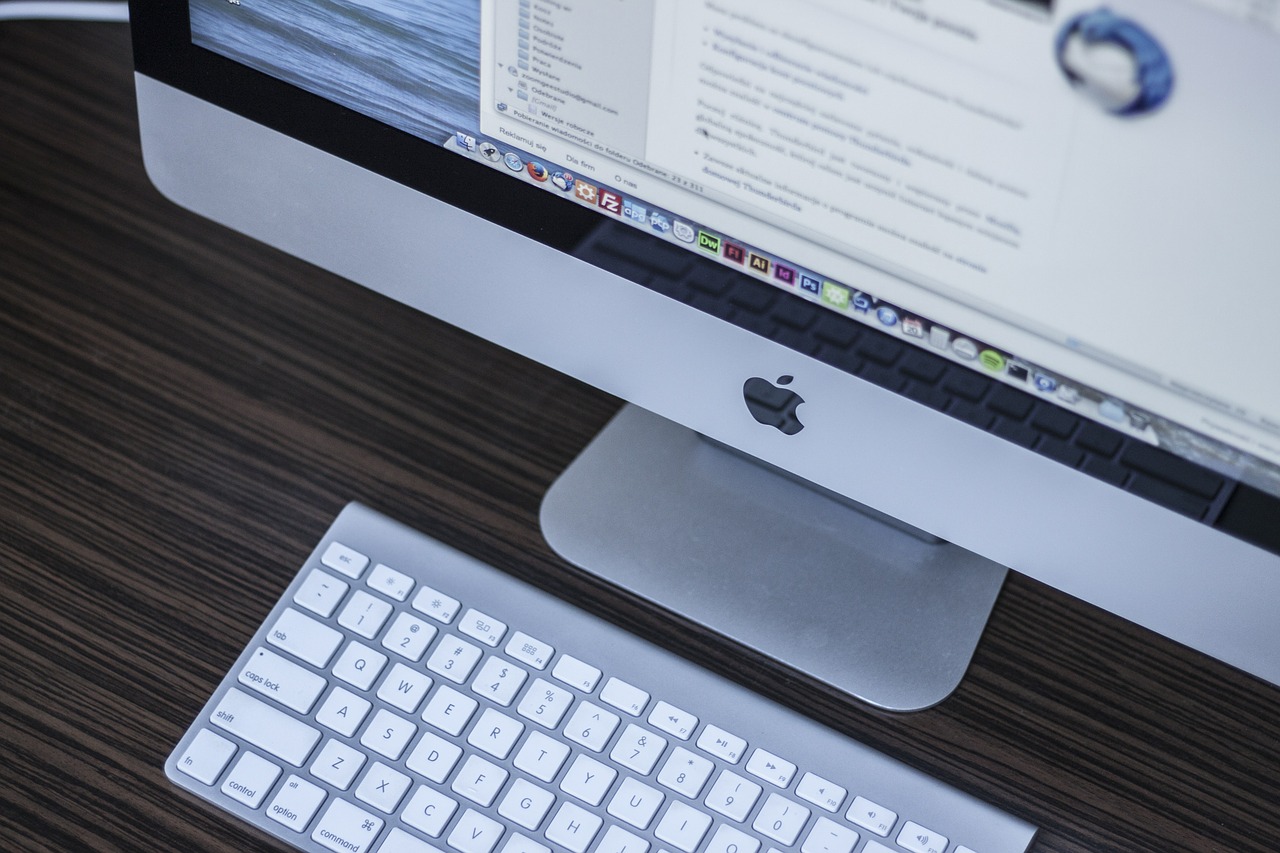You would never let your desk get so cluttered with papers that you had no room to work. We instinctively recognize the negative effect that would have on our productivity. So we regularly take time to clean off our desks, put everything back where we got it from, and keep things organized.
But when was the last time your computer desktop was completely cleared off? How many files do you have there? How many would you have to open to identify?
Sitting down to work with a cluttered computer desktop can have just as negative an impact on your productivity. Here are nine tips for why you should keep your computer desktop clear and how to clean it up.
- Other projects will compete for your attention. Having files on the desktop from other projects, whether they’re ongoing or completed, are open loops. Whenever you see them, part of your brain starts thinking about that project instead of what you should be working on.
- There’s no room to work on your current project. With other files cluttering up your desktop, files that you need for your current project get lost and buried. It’s easier to work if you know that every file the is one you’re using at the moment.
- It’s distracting for presentations. If you’re projecting your screen, you must clear everything off your desktop. Anything there has to be something that is needed for the presentation. No exceptions. The same thing goes for screen sharing.
- There is no closure. In addition to starting with a clean slate, you get a great sense of closure when you wrap up work and your desktop is clear. No loose threads. No deferred decisions. You know the project is done and you’re ready for the next one.
- It hides that gorgeous desktop picture. You chose that desktop picture for a reason! It’s relaxing. It’s beautiful. It’s inspiring. Don’t cover it up—let it shine!
Everything currently on your desktop can be hidden, deleted, archived, or filed away into its proper place.
- Hide disks, drives, and servers. Open Finder’s preferences and turn off all the things it can show on the desktop. You can turn them back on after a week if you really miss seeing them.
- Delete any files you no longer need. If you archive or organize files you don’t need, you’re just shuffling the clutter around.
- Archive files that won’t change. I put them in Evernote at this point. Save a PDF of the final document and a copy of the original document. The PDF will let you easily view the file from anywhere, even if the original application isn’t installed. Keep the original file in case you need to make changes later. Having trouble justifying using your Evernote upload quota to save the file? Maybe you don’t really need to keep it.
- Organize active documents by project. Files for an active projects should be grouped into per-project folders and put in Dropbox, iCloud Drive, or Google Drive. This lets you get to them from any computer or device and provides a degree of automatic backup. When it’s time to work on a project, open the folder, and you have ready access to all the files you need. When you complete the project, everything is together, ready to archive or delete.
Not sure how to start? Drag everything into a folder named “Was on the Desktop” on your Documents folder. Don’t worry about organizing it any further. You can go back later and sort it out. (Set yourself a reminder to delete anything left in the folder after ninety days.)
Now that your desktop is clear, it’s ready for you to go to work! Use the desktop as a workspace. Scan files, take screenshots, and download files to it. Drag and drop. When every file is deleted, archived, or filed away into its proper place, you’re done.
Question: How do you file away the files you were working with once you’re done? Share your thoughts in the comments, on Twitter, LinkedIn, or Facebook.

